Explore the best places
Monuments in Odivelas
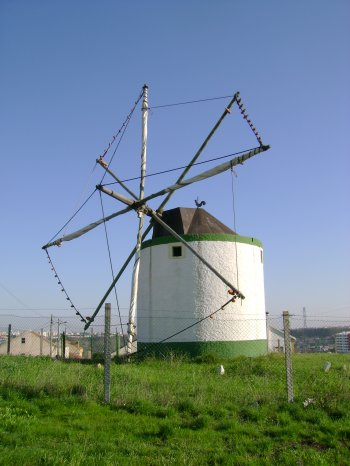
Palacete na Rua Doutor Alexandre Braga
- heritage
Rua Doutor Alexandre Braga, 6
2675-435, Odivelas
Urban Villa built in style "floor", showing features of Baroque and neoclassical architecture. It has two floors and attic, highlighting the piano nobile only by fenestration. The classification includes the patio, with typically Baroque motifs and neoclassical Interior paintings.
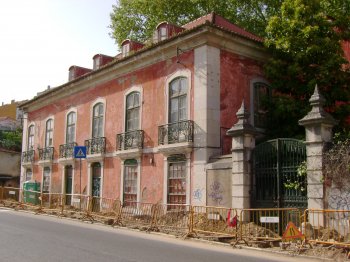
Padrão do Senhor Roubado
- heritage
Rua do Senhor Roubado
2675-533, Odivelas
Baroque pattern of popular religious devotion. The crucifix is sheltered by a rock oratorio with marble pillars, on which rests the dome, topped by joanino fogaréus. The wall is covered with tiles historian.
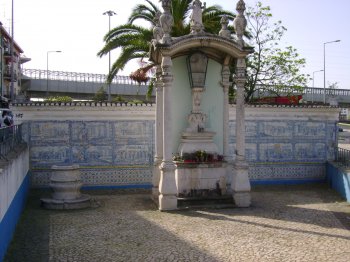
Igreja Matriz da Póvoa de Santo Adrião / Igreja da Póvoa de Santo Adrião
- heritage
Largo da Igreja
2620-471, Odivelas
On the main facade of this church, stands a Manueline portal of Arch of carena. The interior is of a ship, 1468-lined and covered with roof of mixer painted. The chancel is of the late 18th century, and here, a large canvas of Pedro Alexandrino, "Supper", in 1802. In the chapel of Santo António, flooring tile "carpet" and the Tabernacle of the altar in carved 17TH century, overlaid by a crucifix in ivory.
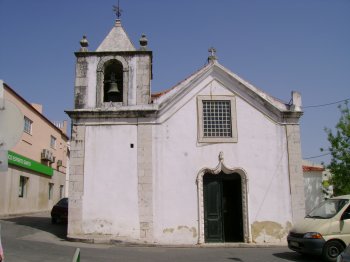
Centro Cultural Malaposta
- heritage
Rua de Angola
2620-492, Odivelas
Building built by the municipality of olive groves in 1873, in a property named "Quinta do Mr Stolen or of souls". Been long abandoned, and only recovered in the years 80, being adapted to the realization of cultural events. It was opened as a theatre in December 1989.
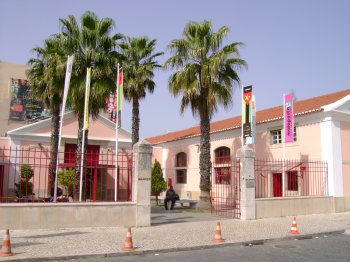
Chafariz D'El Rei
- heritage
Rua Almirante Gago Coutinho
2620, Odivelas
Fountain built in 1756 and rebuilt in 1843. In 1983 it was moved and assembled at the current location.

Fonte Velha
- heritage
Rua da Fonte Velha
1685-500, Famões
Source dating from 1951. Is in a poor state of conservation.

Anta das Pedras Grandes
- heritage
Caneças
1685, Caneças
Tapir that holds just two mainstays of the Chamber, and the fragments of other props listed. It was built between the fourth and the third millennium BC.